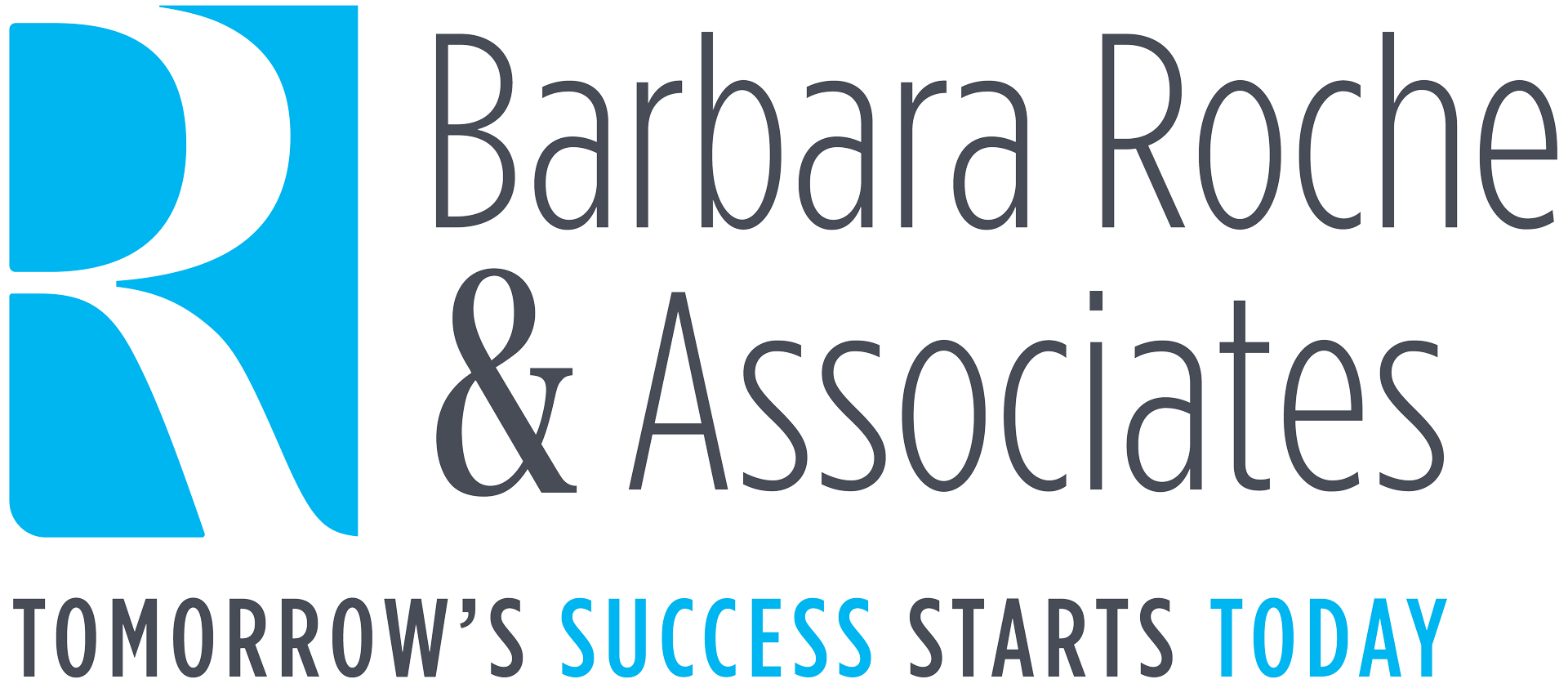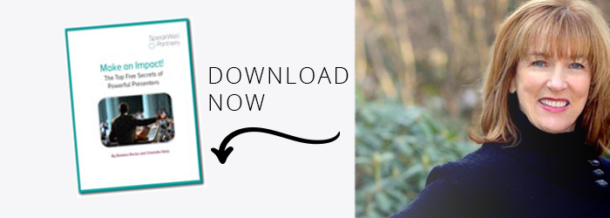 Yes, I am jumping on the bandwagon of New Year’s Resolutions. Not only is it that time of year when many of us feel inspired to push the re-set button, but I have been thinking a lot about how easy it is to improve a presentation without pulling a muscle. After observing more than 100 speeches, presentations and job talks this year, I have narrowed the list down to three suggestions to help you improve nail your next presentation:
Yes, I am jumping on the bandwagon of New Year’s Resolutions. Not only is it that time of year when many of us feel inspired to push the re-set button, but I have been thinking a lot about how easy it is to improve a presentation without pulling a muscle. After observing more than 100 speeches, presentations and job talks this year, I have narrowed the list down to three suggestions to help you improve nail your next presentation:
Shorten your introduction. Let’s face it, the average business audience has trouble sitting still. And most speakers have not rehearsed their delivery enough to be concise and compelling in the first five minutes. We all need to get to the point faster and then give our audience a reason to want to listen before we launch into the main points. I facilitated a webinar this year with a noted expert who spent 25 minutes of a 60-minute program explaining the topic and the purpose of the webinar. Participants were madly typing into the chat window things like, “Does he know his slide hasn’t changed since we started?” “Is there something wrong?” “Can we get on with it?!” I noticed that a third of the participants logged off before the half-way mark, and I didn’t need the follow-up survey to know why. Experts say that an introduction should comprise only 10-15% of the time allotted. In 2017, I suggest shooting for 8%.
Stand up straight and plant your feet slightly wider than you normally stand. Take up space. So many nervous speakers try to hide in plain sight. Your body language is so important to enhancing your credibility. If you are speaking in order to inspire, motivate or persuade, then good posture and physicality are essential. Most adult humans are hunched over due to computer and cell phone use. We are all at risk of developing a dowager’s hump before we retire. Not only is it unattractive to slouch or shrink, it is also a surefire way to underwhelm your audience. There are two places where you can find instant length: lifting your bottom ribs away from your hip bones, and lengthening the back of your neck by pulling your chin slightly back and slightly down. Give it a try in front of mirror and notice the difference it makes.
Use a clicker and work it like a pro. If you are using visual display, from this day forward, take a blood oath to never advance your slides from the laptop or podium. I recommend you go out and buy your own clicker that you take everywhere you go. During your presentation, try to avoid arcing motions with your hand when advancing the slide. Instead, keep the clicker somewhere near your beltline and press the button without moving your hand. You want your audience to enjoy your slide deck, not be distracted by your extraneous movements. If you don’t have experience with this technology, take the time to practice in the comfort of your home or office. When you master the technology, your audience will see you as capable and professional, as opposed to one leader who held the clicker upside down and no one felt comfortable saying anything so he continued to struggle until he gave up and moved to the laptop to finish the presentation.
There you go – three ways to improve your presentations. If you like these suggestions, you can find many more here. My 2017 resolution is to help speakers improve their presentation prowess.

